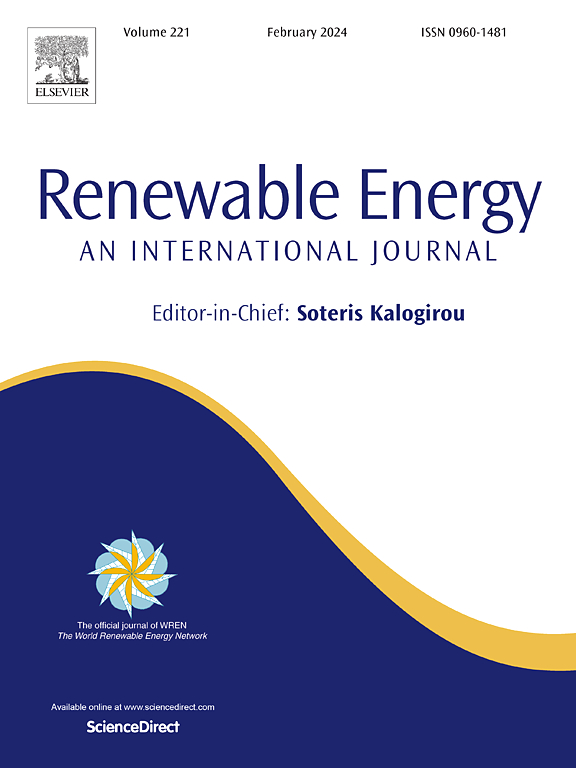Performances of a novel compressed CO2 energy storage and heat storage integration system using multi-stage hydraulic fractures of horizontal well in subsurface reservoirs
IF 9
1区 工程技术
Q1 ENERGY & FUELS
引用次数: 0
Abstract
Natural reservoirs represent a promising option for large-scale compressed gas energy storage in the future, owing to their extensive distribution and favorable pressure-bearing characteristics. However, the inherent seepage resistance of these reservoirs results in elevated cyclic energy consumption. Additionally, the materials currently utilized for ground-based compression heat storage exhibit limited durability and high associated costs. Therefore, this paper proposed a novel compressed CO2 energy storage and compression heat underground storage system using multi-stage hydraulic fractures of the horizontal well in depleted oil and gas reservoirs to solve the above problems. Based on the novel system numerical model considering multiphase flow processes, the unique spatiotemporal evolution of key physical fields in this new system during the cushion and circulation stages was analyzed, which is unknown from previous studies. The round-trip efficiency was preliminarily calculated, and unique advantages of this novel system were discussed. Results show that hydraulic fractures improve fluid flow performances. High saturation zones of 0.5–0.7 formed around fractures and horizontal well are main working areas, which is markedly different from the characteristic of having a well-defined boundary within the cavern, but is stable enough during simulation periods. Compression heats storage significantly improves the system efficiency to 72 %, which is comparable to or even exceeds existing systems. Such a feasible system can cooperate with energy storage and carbon reduction with a preferable development potential. The conclusion aims to provide the assistance for the compressed CO2 energy storage system design and promotion.
地下储层水平井多级水力裂缝压缩CO2储热集成系统性能研究
天然储层具有广泛的分布和良好的承压特性,是未来大规模压缩气体储能的理想选择。然而,这些储层固有的渗流阻力导致了循环能耗的增加。此外,目前用于地面压缩储热的材料耐久性有限,相关成本高。为此,本文提出了一种利用枯竭油气藏水平井多级水力裂缝的新型压缩CO2储能和压缩热地下储热系统来解决上述问题。基于考虑多相流过程的新型系统数值模型,分析了该系统在垫层和环流阶段关键物理场的独特时空演化,这是以往研究中所未知的。初步计算了该系统的往返效率,讨论了该系统的独特优点。结果表明,水力压裂改善了流体的流动性能。裂缝和水平井周围形成的0.5 ~ 0.7的高饱和度区域是主要工作区域,这与洞室内部边界明确的特征明显不同,但在模拟期间足够稳定。压缩蓄热显著提高系统效率至72%,这是相当的,甚至超过现有的系统。这种可行的系统可以与储能和碳减排相配合,具有较好的发展潜力。结论旨在为压缩CO2储能系统的设计和推广提供帮助。
本文章由计算机程序翻译,如有差异,请以英文原文为准。
求助全文
约1分钟内获得全文
求助全文
来源期刊

Renewable Energy
工程技术-能源与燃料
CiteScore
18.40
自引率
9.20%
发文量
1955
审稿时长
6.6 months
期刊介绍:
Renewable Energy journal is dedicated to advancing knowledge and disseminating insights on various topics and technologies within renewable energy systems and components. Our mission is to support researchers, engineers, economists, manufacturers, NGOs, associations, and societies in staying updated on new developments in their respective fields and applying alternative energy solutions to current practices.
As an international, multidisciplinary journal in renewable energy engineering and research, we strive to be a premier peer-reviewed platform and a trusted source of original research and reviews in the field of renewable energy. Join us in our endeavor to drive innovation and progress in sustainable energy solutions.
 求助内容:
求助内容: 应助结果提醒方式:
应助结果提醒方式:


